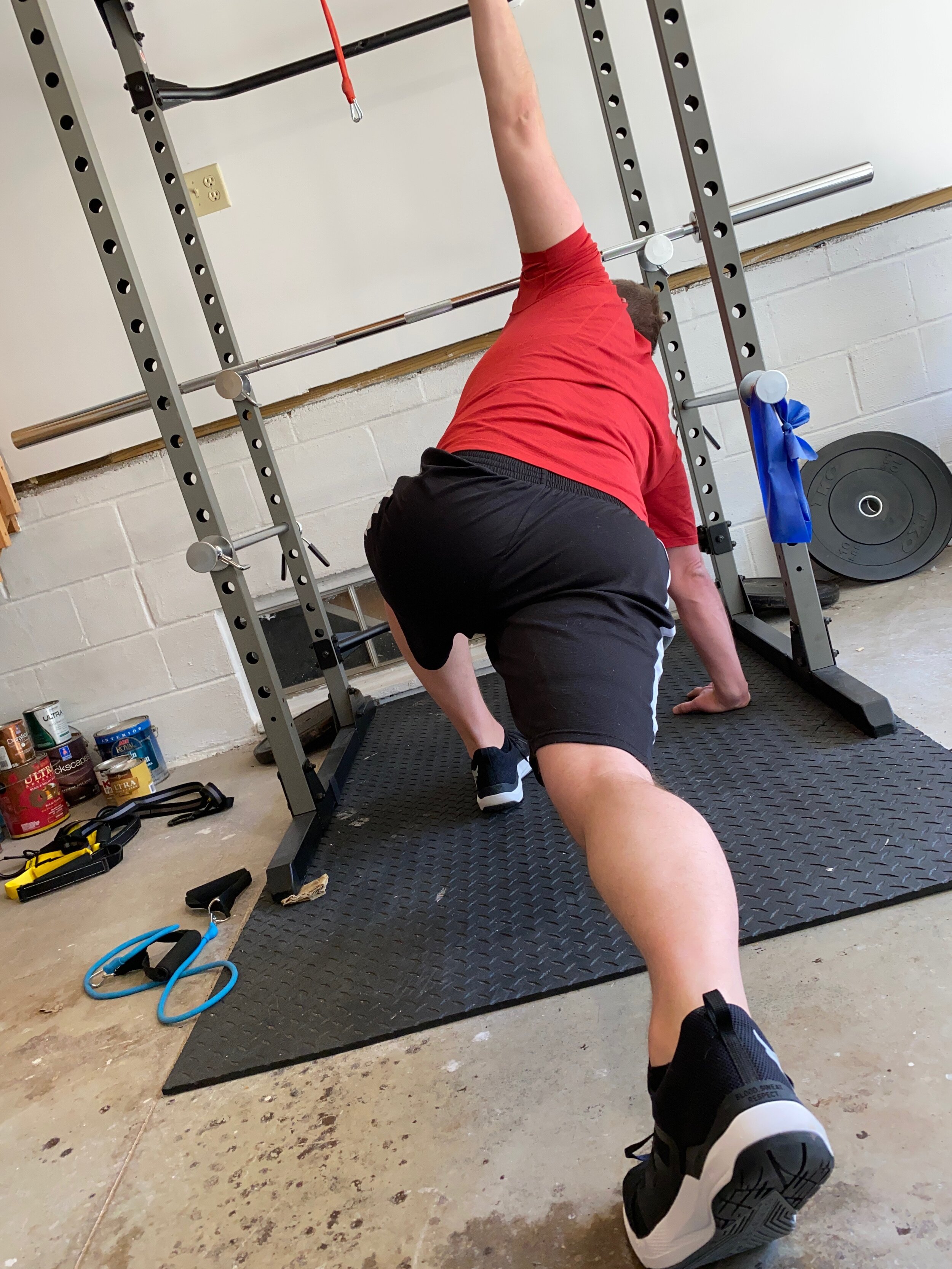Injury Prevention Is Key
The weather outside is looking nicer by the minute. Here in Iowa we went through a period where the news was saying we were close to the coldest place on Earth. But now spring showers and flowers are arriving and many people may use this time to get out and explore the outdoors and start to exercise after being cooped up for so long. Also, spring sports are ramping up and kids are out competing, some of whom have not since before the first lock down of the pandemic. One thing to keep in mind when rousing from hibernation and restarting that workout regimen is injury prevention.
It happens every year. Someone comes in to the clinic concerned about pain or swelling after starting to exercise again following a considerable hiatus. They are unsure of why they are having symptoms since they just went back to what they were doing before, feeling like starting back where they left off was a great idea. Low and behold, the body had deconditioned from the inactivity and the muscles were no longer as pliable as they once were. The knee can’t take the load any more or that hammy gives out and pulls on you. This can also be quite common in people of a certain age that want to lose weight and were previously athletes…
Sadly this is all too common a story. People will even say, “but I stretched before”. It is important in injury prevention to understand what the body needs and when to give it some TLC. First off, stretching:
Active Warm up has been shown to be the best to actually prevent injury prior to activity. Once muscles are warm, static stretching helps.
Otherwise, stretching routinely, though not prior to activity, has been shown to help prevent injuries during activity.
Static Stretching:
Static stretching is when you hold a single position for a period of time - there is no bouncing or movement during the stretch. There have been a few studies, one particularly in Australia, that have found that static stretching right before activities did not lessen the risk of injury and showed an acute reduction in strength, power, and endurance.
You read that right, the research showed that stretching and holding that hamstring stretch just before running can actually hurt performance and doesn’t help with injury reduction… Instead, it was shown that routine stretching that was unassociated with activity worked better, allowing muscles to lengthen and become more pliable. So stretching throughout the week did help but just not right before activity.
Warm-up:
Other studies out of Australia have shown that active dynamic warm-up, such as jogging, dynamic stretching, and sport-specific warm-up was better for injury prevention. This increases blood flow to the muscles and enhances the muscle fiber recruitment, better preparing individuals for activity. Key point- a dynamic and specific warm up was better at injury prevention than stretching alone.
Starting slow and building up distance and speed is another important thing to remember for avoiding that early injury when starting up again.
-At my old stomping grounds a few years ago-
So as you get out to start exercising again, the warm up is key. That’s why the Peloton instructors keep making you feel so guilty in the beginning of the workout if you haven’t done one of their warm-ups (Okay, Alex Toussaint, okay!).
Progressing slow with work outs is key as well. The activities someone might have been able to do a few months ago when they were working out daily or multiple times a week and then stopped could very well cause injury if attempted from ground zero. If restarting from nothing, then a slow progression is recommended to build back to the previous activities. Maybe going for 1 mile and focusing on time is better than trying to just run 2 miles off the bat. Eventually the distance will return. Consider those couch to 5K programs that ramp you up.
Here in Iowa biking is popular but make sure to build up to that RAGBRAI and not just try to go after it for the first ride.
Cool-Down:
After activities, a cool down is recommended and stretching while the muscles still have blood flowing. Heat and slight vibration will help with flexibility. You see this utilized with tools like a Theragun that Facebook continually thinks I need ads for. Adding in some massage and vibratory pulses to the muscles can help them lengthen and get the hysteresis (the initial stretch) and creep (being able to stretch just a bit further) in action within the muscle fibers.
I have referenced much of this before but it seems timely with the sun shining again and I see more and more people on the trails. There is plenty more injury prevention recommendations out there but they can be tailored more specifically to that sport. And if an injury occurs of if you have questions, always check in with your primary physician, trainer, coach, and physical therapist/athletic trainer.
Keep moving and stay safe out there!


